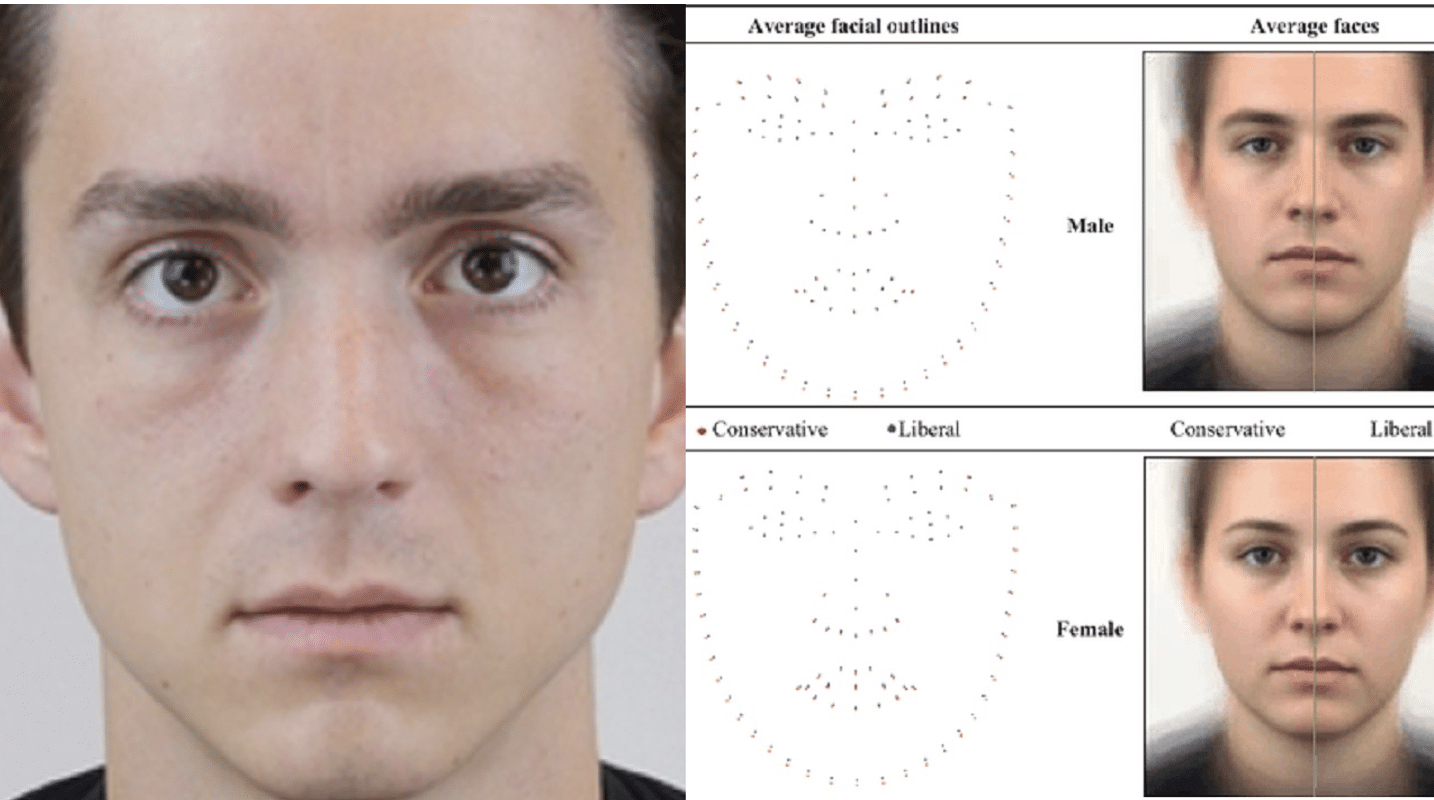(OPINION) The discovery of a “cursed” tablet has unleashed an archaeological “ earthquake ” and could be a key clue in proving when and who truly wrote the Bible. The folded lead tablet, which contains a written curse on the inside, was discovered on Mount Ebal in the Holy Land – a place associated with curses in the Bible.
It has been dated between 1200-1400BC and features the Hebrew word for God, YHWH, in what could be its earliest ever appearance. If the dating is correct, it may prove the Israelites were literate when they entered the Holy Land, and able to document Biblical events as they happened.
Archaeologist Scott Stripling, said: “It’s extremely important. “Some are describing this as the most important find of our lifetimes because it predates anything we have before regarding Hebrew scripts.
During excavations at the West Bank, researchers uncovered a tablet only slightly larger than a postage stamp, with an ancient text that called on God to curse a person who breaks their word. While the study has not been peer-reviewed yet, the researchers believe that the tablet is 3200 years old, making it the oldest known Hebrew text, and also the earliest one to contain the Hebrew name of God.
“You will die cursed. Cursed you will surely die.
“Cursed by YHW- cursed cursed cursed.”
YHW is the three-letter version of the word Yahweh, the Hebrew word for God.
Project leader Scott Stripling, an archaeologist and the director of excavations for the US-based Associates for Biblical Research (ABR) noted: “These types of amulets are well known in the Hellenistic and Roman periods, but Zertal’s excavated pottery dated to the Iron Age I and Late Bronze Age, so logically the tablet derived from one of these earlier periods.
















